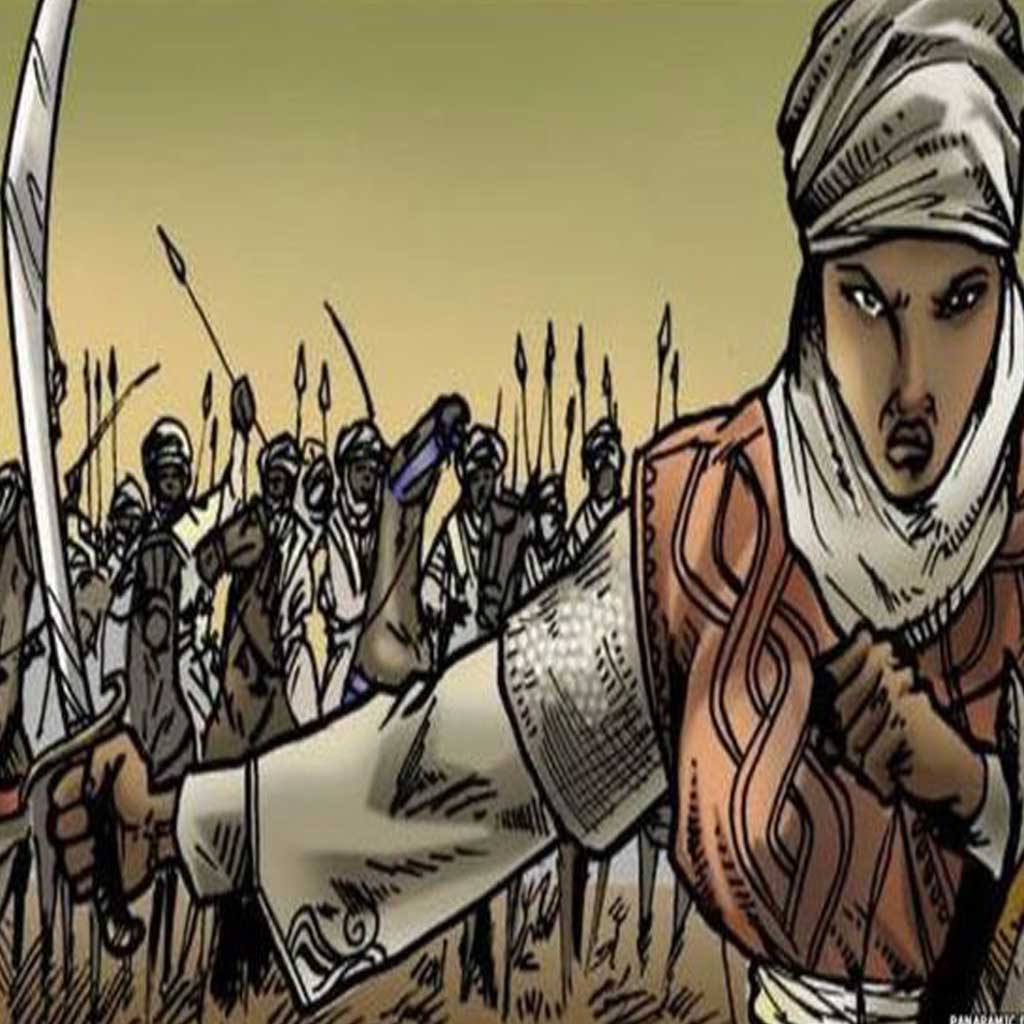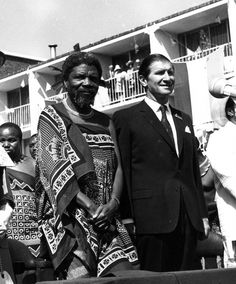
Queen Amina
Queen Amina was a female warrior and the first woman to become Sarauniya (queen) in a male-dominated Hausa society in the city of Zazzau now Zaria in the present-day Kaduna State, the north-west region of Nigeria.
Queen Amina, according to historians, was believed to be a real monarch born in the middle of the sixteenth century. She was pronounced the focus of many oral legends that have complicated her legacy.
The queen warrior Amina was born to King Nikatau, who was the 22nd ruler of Zazzau, and Queen Bakwa Turunku (1536–c. 1566). She had a younger sister, Zaria, whom the today’s city of Zaria in Kaduna State was renamed by the British in the early period of the twentieth century.
Amina’s mother, Queen Bakwa Turunku, built capital of Zazzau at Zaria under the seven original states of Hausa land – Katsina, Daura, Kano, Zazzau, Gobir, Rano, and Garun Gabas. These cities covered a massive area of approximately 500 square miles, basically in the heart of Hausa territories.
Consequently, the entire state of Zazzau was renamed Zaria, now a major city in present-day Nigeria. She grew up in her grandfather’s court who favoured her; historians mentioned that she was pampered and carried around the court with detailed instructions in political and military affairs. Queen Amina was a few years later announced Magajiya (heir apparent), and she was given forty kuyanga (female slaves). She attained the status of Magajiya at age 16.
In several citations, Amina from an early age had several suitors offering her marriage. In attempt marry her, suitor, Makama offered “a daily offer of ten slaves”, while the then powerful emir of Kano offered “fifty male slaves and fifty female slaves as well as fifty bags of white and blue cloth” to entice her.
After the death of her father in 1566, Amina’s brother, Karama, was crowned and became the King of Zazzau. Some oral legends described Kamara as her younger brother but at the period of Karama was enthroned to rule, Amina, the iconic African amazon had clearly distinguished herself as a “leading warrior in her brother’s cavalry” after she had gained notoriety for her military skills.
Queen Amina is still celebrated today in a popular traditional Hausa folk praise songs as “Amina, girl of Nikatau, a lady as competent equaling a man.”
After the death of her brother, Kamara, in 1576, ten years of his reign as the king of Zauzau, Amina immediately ascended the throne and became the queen of Zazzau.
Before Amina ascended the throne, Zazzua was one of the largest of the original seven Hausa States (Hausa Bakwai) -. Kano, Gobir, Katsina, Rano, Daura, and Garun Gabas.
The city was also the primary source of slaves trade sold at the slave markets of Kano and Katsina by wealthy Arab merchants.
Amina, just after three months after she was crowned queen, waged a 34-year campaign against her neighbours with intention meant to expand Zazzua territory. Records showed she had an army of about 20,000-foot soldiers and well trained and fearsome 1000 cavalry troops. The warrior queen conquered large expanses of land as far as Kwararfa and Nupe. She had on her ascension to the throne made a call to her people to “resharpen their weapons,” – It was her first announcement as a queen.
Also, legends as cited by Sidney John Hogben, pointed out that that queen Amina, in every town she passed through, took a new lover but each of these lovers reportedly had unfortunate fate as the brief bridegrooms’ heads were cut off – none of them lived to tell their respective tales of affairs with her.
During Amina’s reign, more territories were under the control of Zazzua than before. Queen Amina surrounded her cities with earthen walls – The walls which became a commonplace across the territory until the Brtish conquest of Zazzua in 1904. However, some of the walls that survived the conquest are today known as ganuwar Amina (Amina’s Walls)
One original source to mention queen Amina is a map called the Planisphere of Domingos Teixeira. The map was made in 1573 and names a place in Africa as “Castelo Damina,” meaning the Castle of Amina.
Another earliest textual source mentioned Amina is history of Muhammed Bello, Ifaq al-Maysur, it was composed around 1836. The record claims that Queen Amina was “the first to establish government among [the Hausa],” using force on Katsina, Kano and other regions to pay tribute to her.
Bello’s history, however, did not provide chronological details about Amina.


